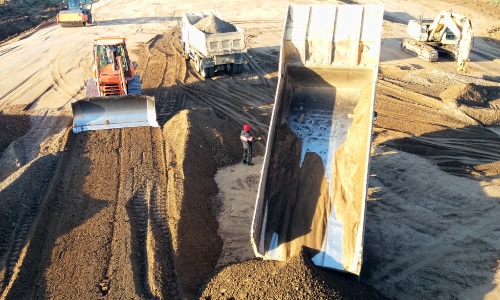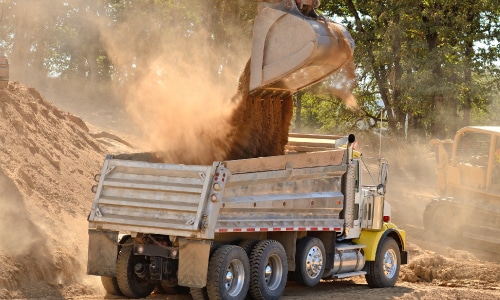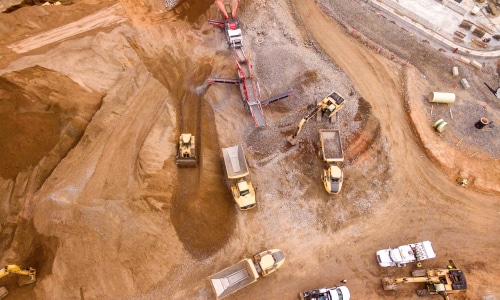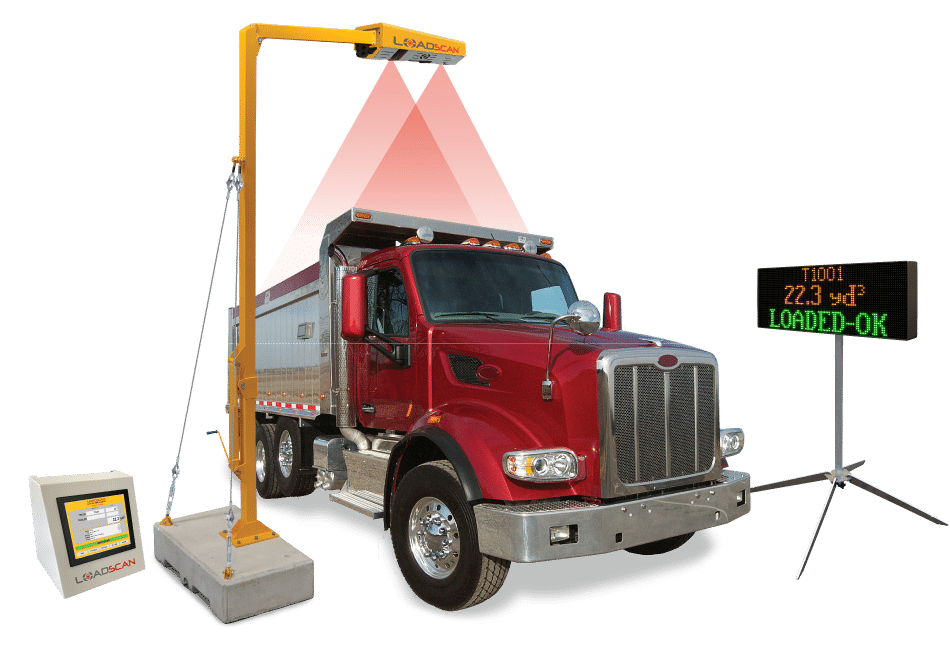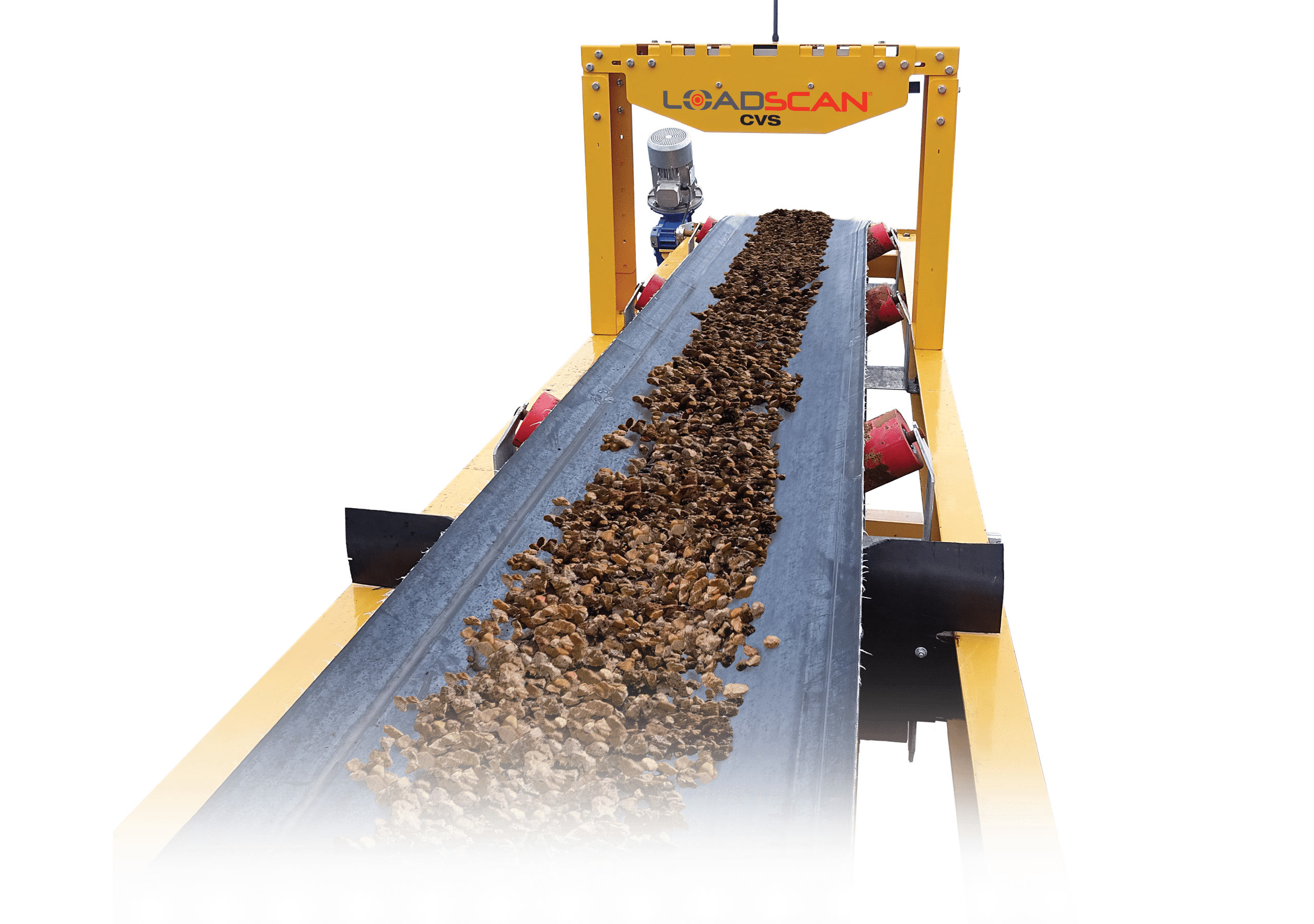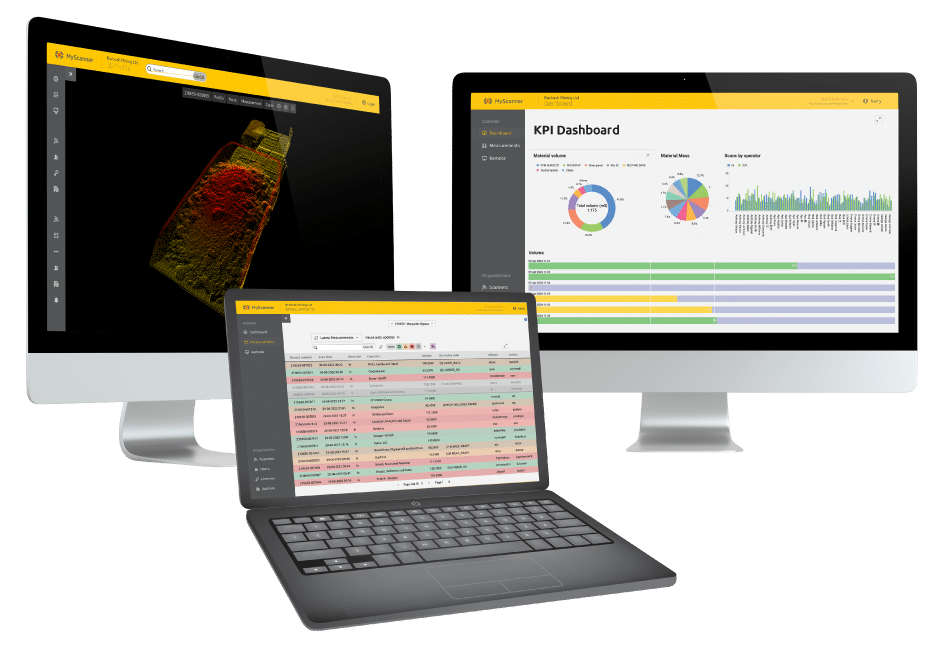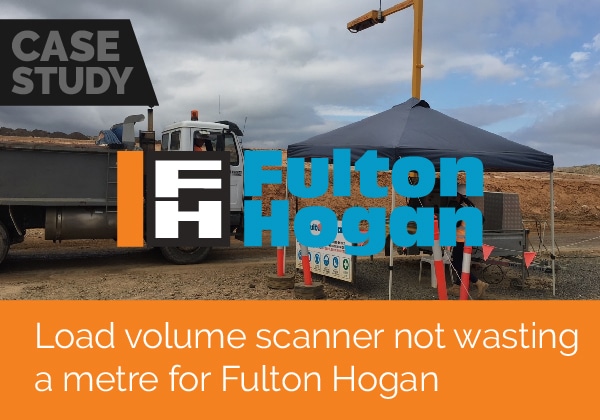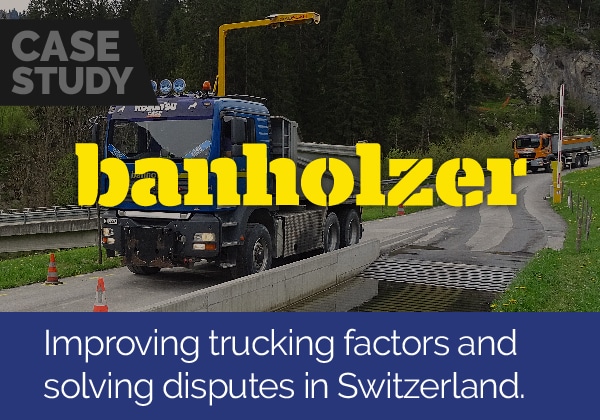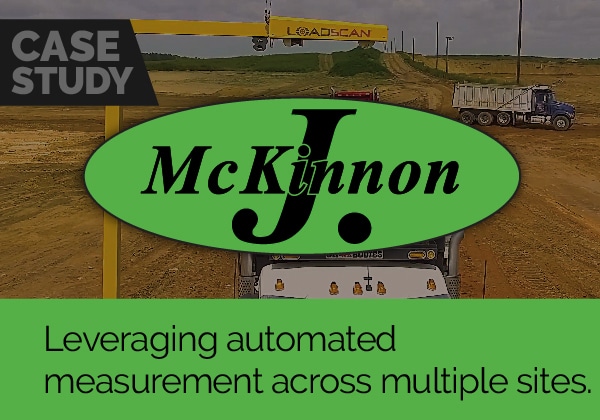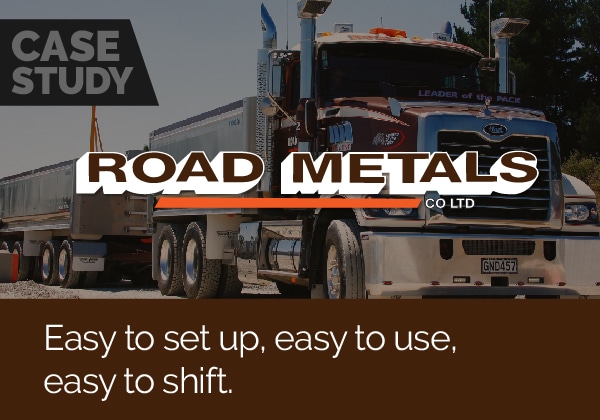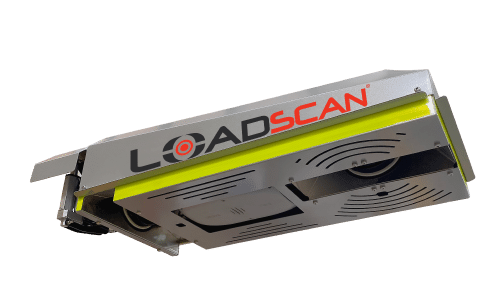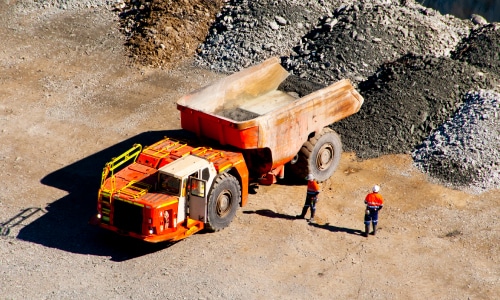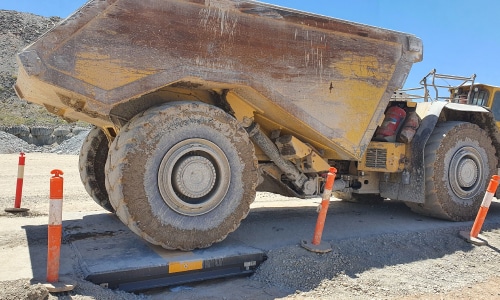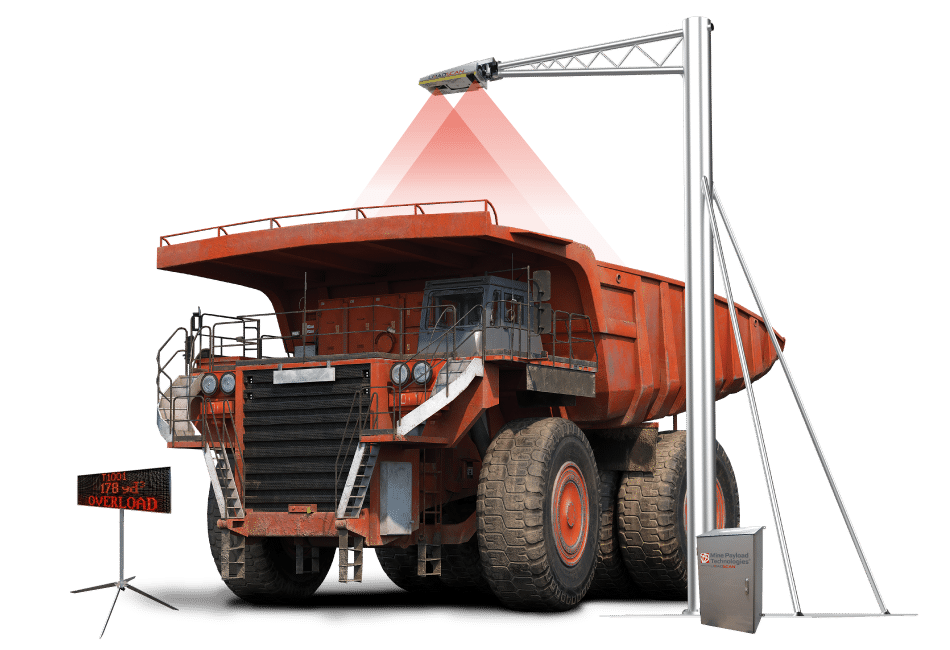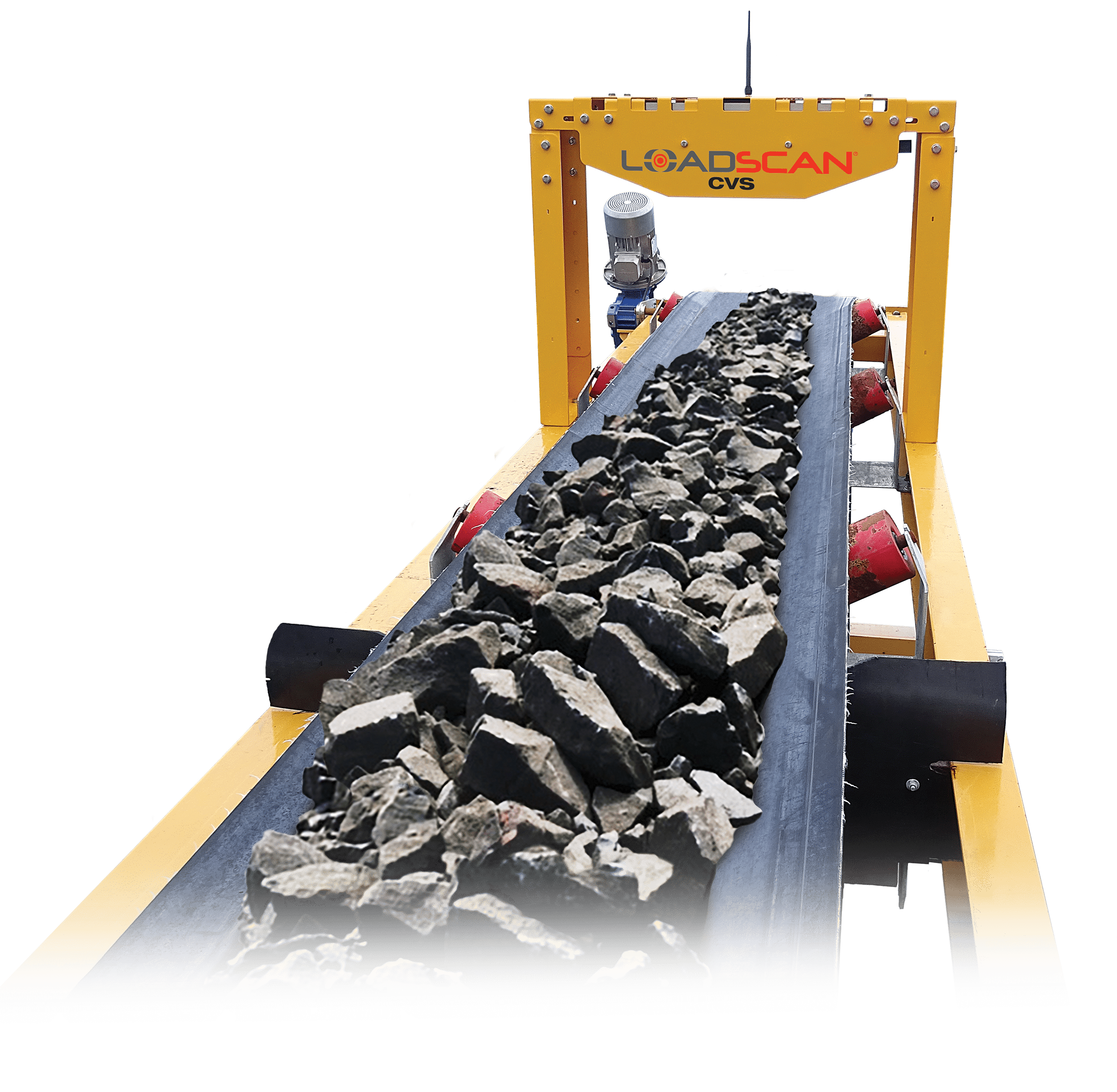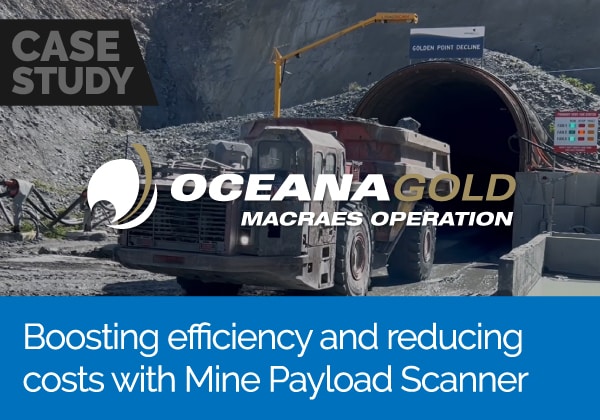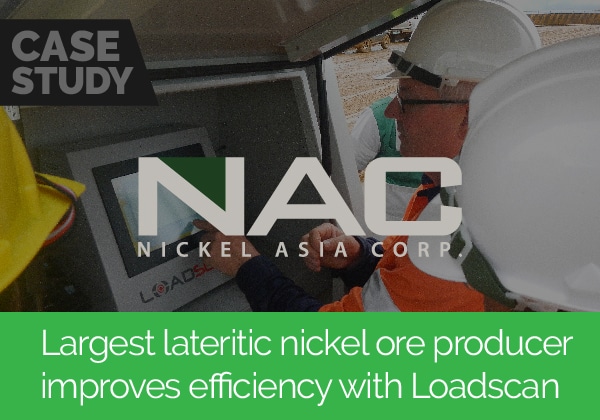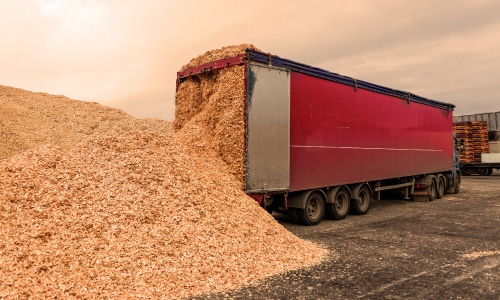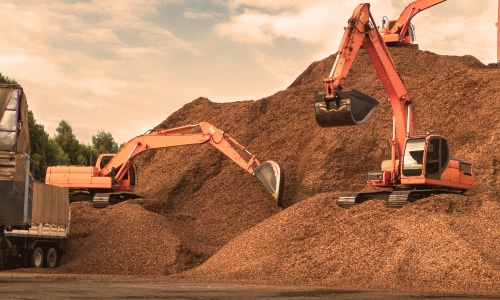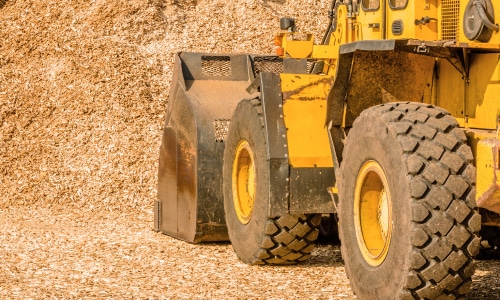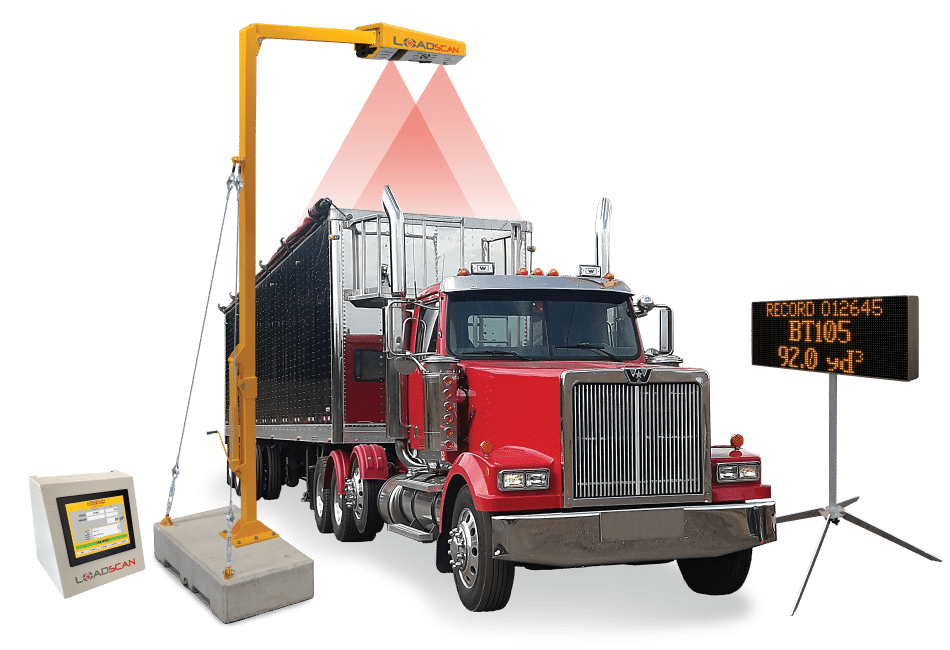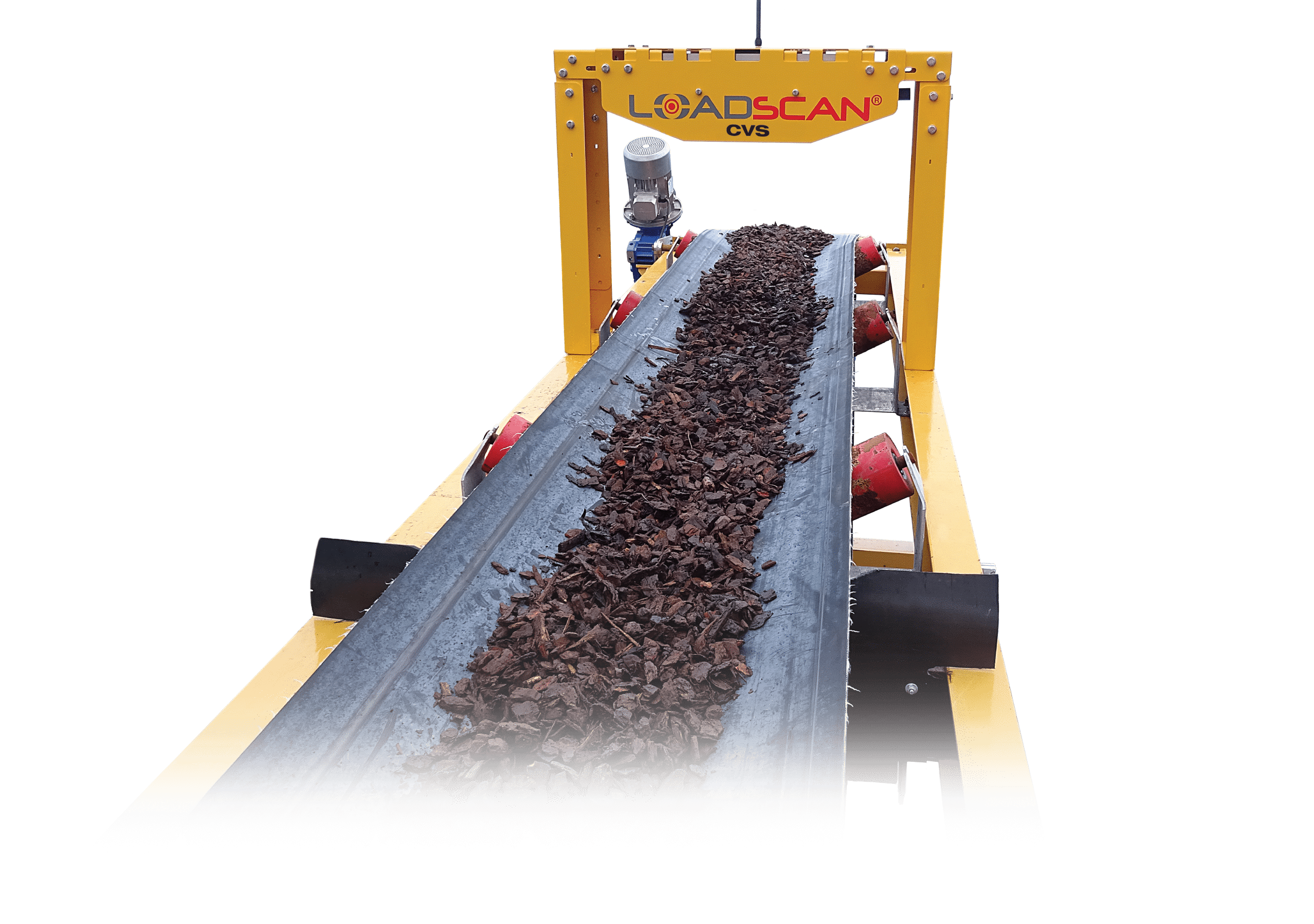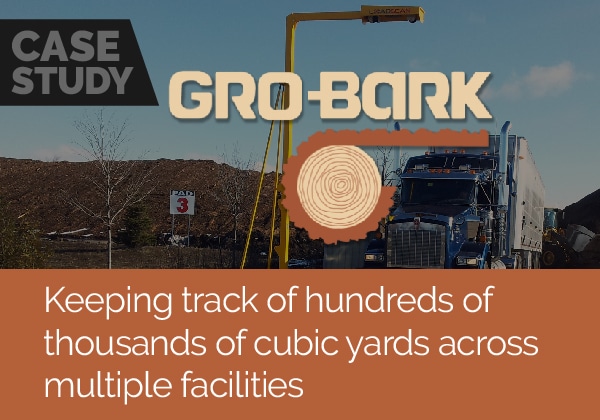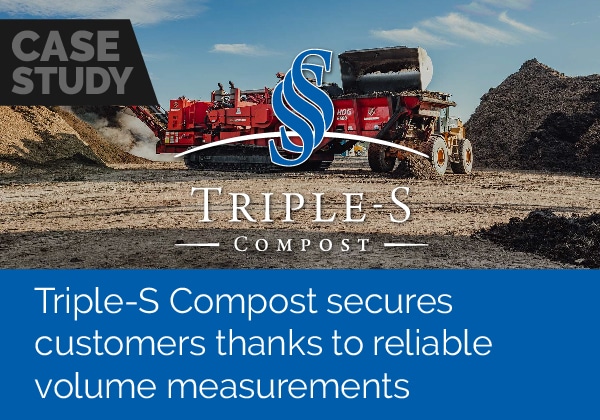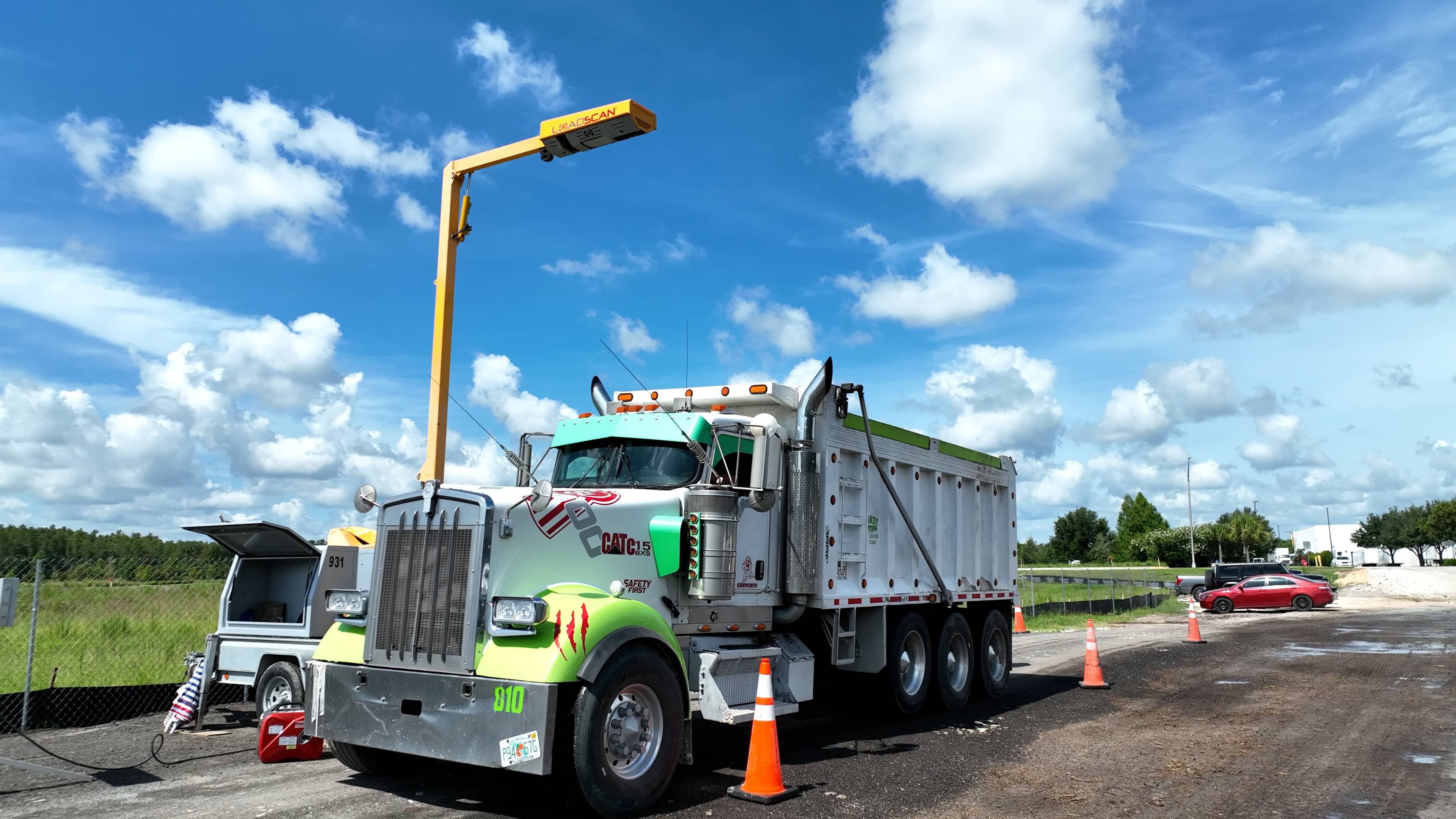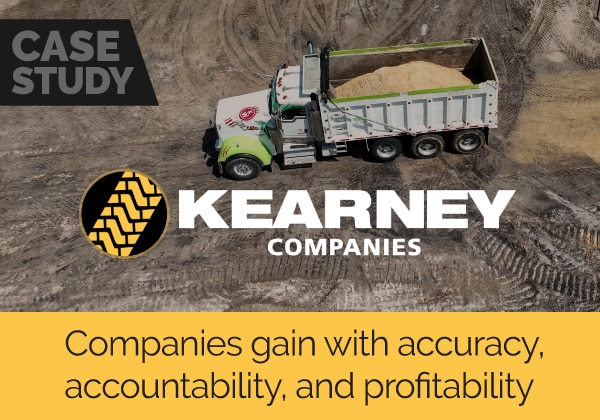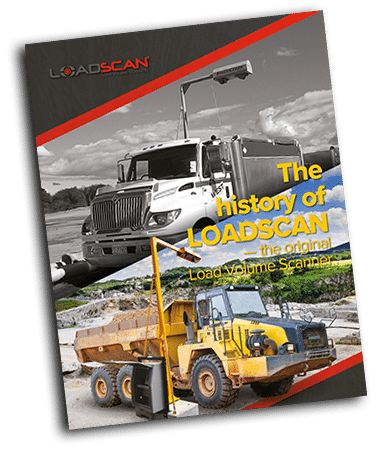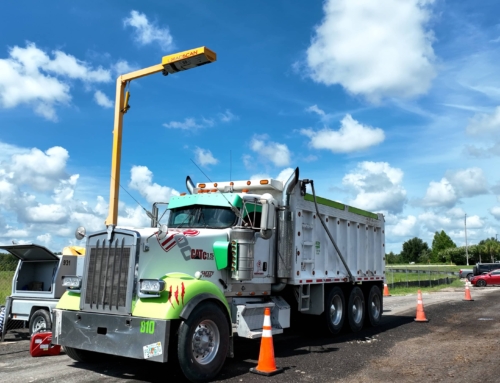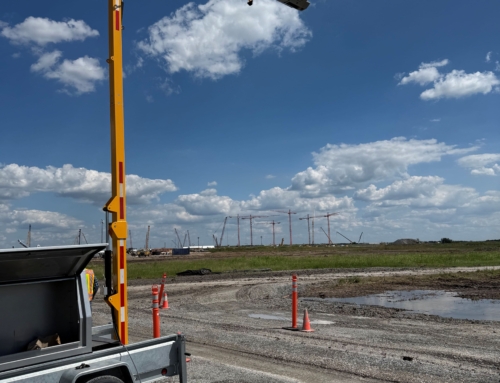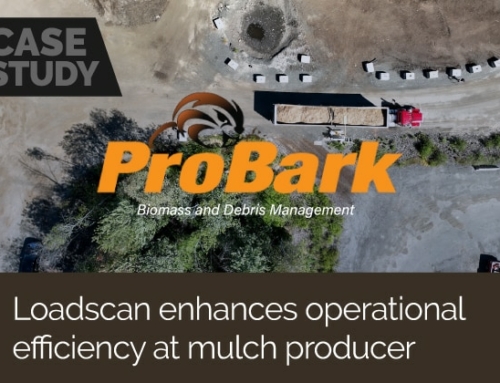How volume scanning reshapes customer relationships Tracking material volumes across multiple sites is a [...]
Accurate Truck Load Measurement: Solving Industry Challenges with Loadscan
In industries such as civil construction, quarrying, mining, landscaping, and bulk material supply, disputes about the exact quantity of material delivered are common. Traditional methods of truck load measurement often leave too much room for error, leading to lost profits, inefficiencies, and disagreements between buyers and suppliers.
The Problem with Traditional Truck Load Measurement
For decades, bulk materials have been measured using weighbridges, loader bucket counts, stockpile surveys, or by estimating truck capacity. These methods, however, are notoriously unreliable:
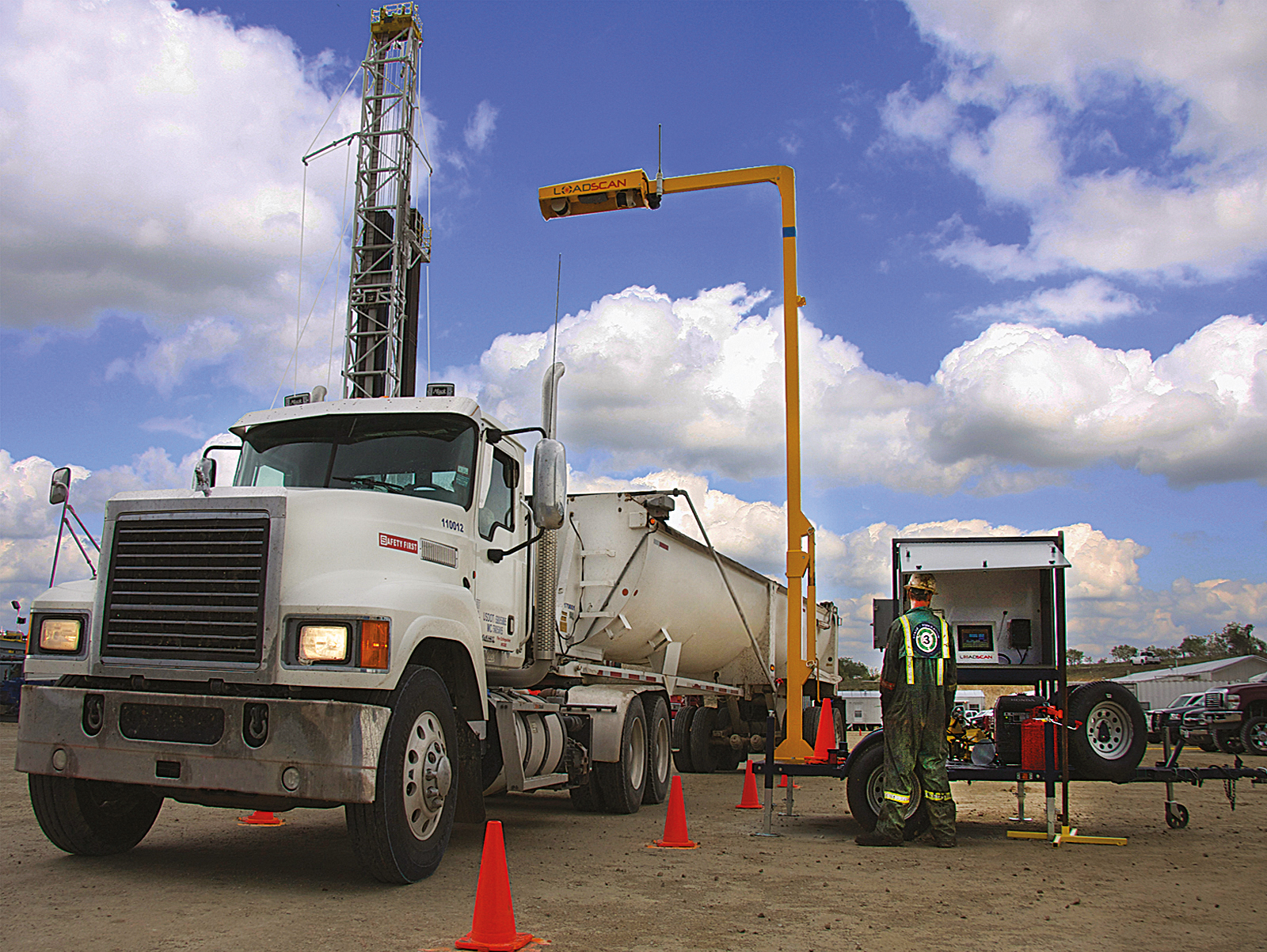
Moisture content alters weight significantly—wet sand or gravel can weigh much more than dry, leading to billing discrepancies.
Load settlement during transport means that a truck may appear full at loading but partially compacted at unloading.
Conversion factors for volume-to-weight are generic and don’t account for variations in density across a quarry or stockpile.
Operator inconsistency in loading buckets leads to further inaccuracies.
These flaws often result in under-supplying or overcharging, damaging trust and profitability.
Why Volumetric Truck Load Measurement is the Solution
Modern volumetric scanning technology has transformed how loads are measured. Instead of relying on estimates, Loadscan’s Load Volume Scanner (LVS) provides accurate, repeatable, and tamper-proof measurements of every load.
Here’s how it works:
Each truck is scanned empty and then again when loaded.
The system compares the two 3D profiles to calculate the exact cubic volume of the load.
The process is non-contact, automated, and fast, ensuring no disruption to operations.
Each scan generates a digital record, eliminating disputes and improving accountability.
By using Loadscan’s LVS, businesses gain transparent, consistent, and reliable truck load measurement, reducing waste, improving billing accuracy, and streamlining site operations.
Industries Benefiting from Accurate Measurement
This technology is now widely used across:
Quarry and mining operations for monitoring overburden and haul-back.
Civil construction projects for ensuring material supply accuracy.
Landscaping and mulch supply to maintain trust with customers.
Oil and gas industries where precise data is critical.
The Future of Truck Load Measurement
As industries demand greater efficiency and accountability, truck load measurement with volumetric scanning is quickly becoming the global standard. Companies adopting Loadscan’s LVS are gaining a competitive edge by ensuring accuracy, transparency, and profitability.
Ready to eliminate disputes and take control of your material measurement? Contact Loadscan today to learn more about our industry-leading truck load measurement solutions.

